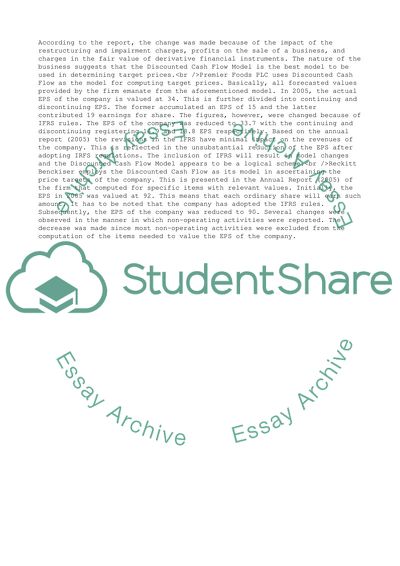Cite this document
(Consumer Goods and Consumer Services Report Example | Topics and Well Written Essays - 3500 words, n.d.)
Consumer Goods and Consumer Services Report Example | Topics and Well Written Essays - 3500 words. https://studentshare.org/business/1704798-an-analysis-of-the-valuation-methods-used-and-the-forecasted-eps-by-equity-analysts
Consumer Goods and Consumer Services Report Example | Topics and Well Written Essays - 3500 words. https://studentshare.org/business/1704798-an-analysis-of-the-valuation-methods-used-and-the-forecasted-eps-by-equity-analysts
(Consumer Goods and Consumer Services Report Example | Topics and Well Written Essays - 3500 Words)
Consumer Goods and Consumer Services Report Example | Topics and Well Written Essays - 3500 Words. https://studentshare.org/business/1704798-an-analysis-of-the-valuation-methods-used-and-the-forecasted-eps-by-equity-analysts.
Consumer Goods and Consumer Services Report Example | Topics and Well Written Essays - 3500 Words. https://studentshare.org/business/1704798-an-analysis-of-the-valuation-methods-used-and-the-forecasted-eps-by-equity-analysts.
“Consumer Goods and Consumer Services Report Example | Topics and Well Written Essays - 3500 Words”. https://studentshare.org/business/1704798-an-analysis-of-the-valuation-methods-used-and-the-forecasted-eps-by-equity-analysts.


